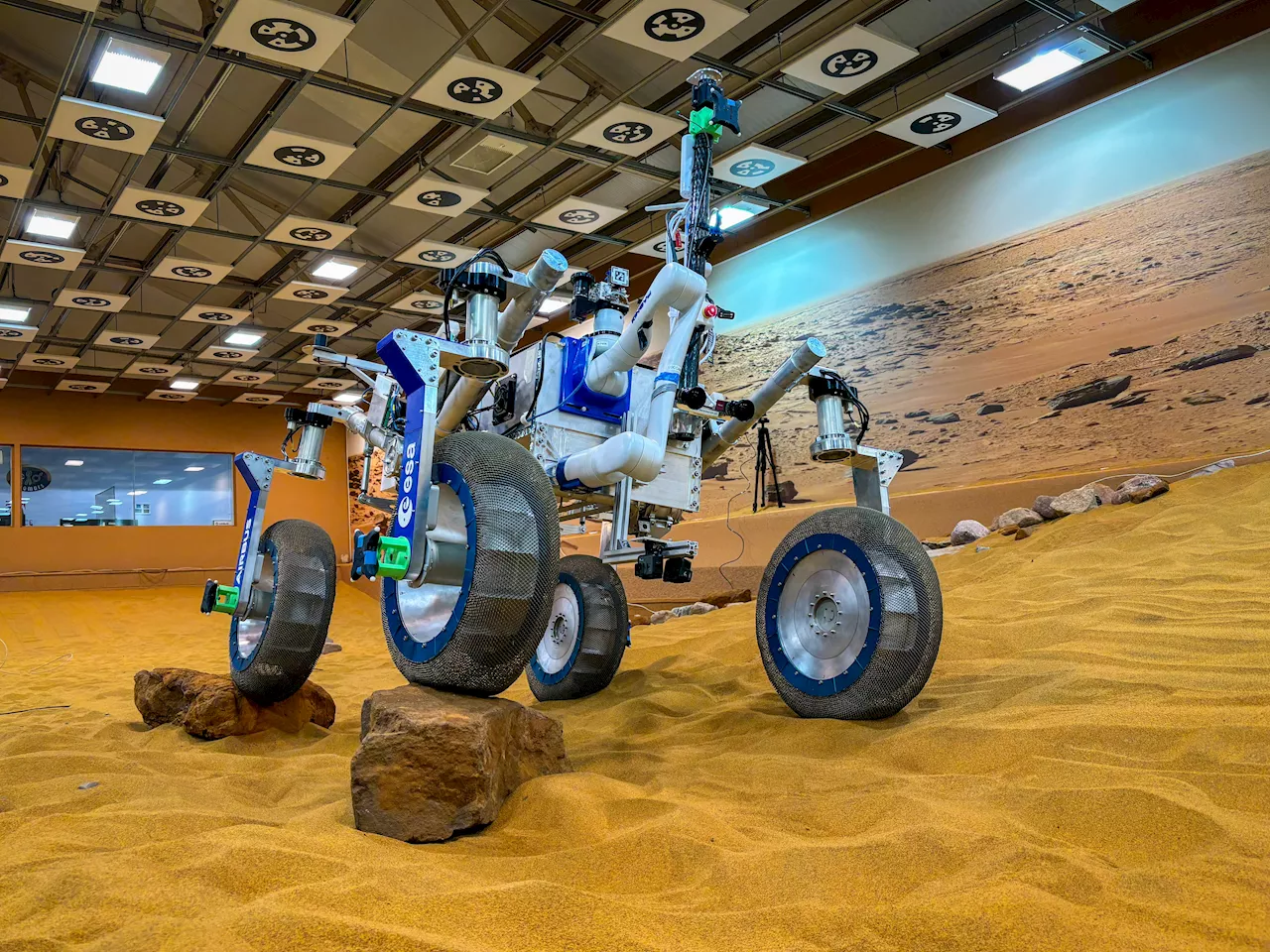NASA has successfully tested revolutionary shape memory alloy (SMA) spring tires designed for future Mars missions. The tests, conducted on Martian-simulated terrain, demonstrate the potential of these tires to withstand the harsh conditions of the Red Planet.
The mystique of Mars has captivated humankind for centuries. The fourth planet from the Sun, with its rusty red hue and rugged terrain, evokes images of a desolate yet fascinating world. While several robotic missions have successfully touched down on Mars , NASA 's exploration of its surface remains limited to a mere 1%.
As humanity prepares for future missions, both robotic and human, to the Red Planet, NASA has been diligently testing innovative technologies to ensure the success of these endeavors. Recently, NASA completed rigorous testing of its rovers on Martian-simulated terrain, showcasing revolutionary shape memory alloy (SMA) spring tire technology developed at the agency's Glenn Research Center in Cleveland in collaboration with Goodyear Tire & Rubber Company. Rovers, the mobile robots that explore celestial bodies, require tires specifically designed to withstand the harsh conditions of their environments. Mars, with its uneven and rocky surface, demands tires that are both durable and capable of navigating challenging terrain. SMA spring tires offer a promising solution. Shape memory alloys are metals with the unique ability to return to their original shape after being bent, stretched, heated, and cooled. NASA has been utilizing SMAs for decades, but their application in tire technology is a relatively recent innovation. Dr. Santo Padula II, a materials research engineer at NASA Glenn, and his team have explored various applications for SMAs. Padula's realization of the potential of SMA tires stemmed from a chance encounter. While leaving a meeting, he bumped into Colin Creager, a mechanical engineer at NASA Glenn, who shared his work in the NASA Glenn Simulated Lunar Operations (SLOPE) Laboratory. This facility simulates the surfaces of the Moon and Mars, aiding scientists in testing rover performance. Creager brought Padula to the lab, where he observed the existing spring tires made of steel. Padula immediately pointed out the issue of plasticizing, a phenomenon where metal undergoes irreversible deformation, potentially leading to damage or failure. Creager confessed that this was the only challenge they couldn't overcome. Padula saw an opportunity to provide a solution, proposing his new alloy that could address this problem. This marked the beginning of the journey for SMA tires. From there, Padula, Creager, and their respective teams joined forces to enhance NASA's existing spring tires using a game-changing material: nickel-titanium SMAs. This metal can withstand extreme stress while accommodating deformation, allowing the tires to return to their original shape even after rigorous impact, a feat impossible for conventional metal spring tires. Extensive research followed, culminating in the fall of 2024 when NASA Glenn teams traveled to Airbus Defence and Space in Stevenage, United Kingdom, to test these innovative SMA spring tires.The testing took place at the Airbus Mars Yard, an enclosed facility meticulously designed to replicate the harsh conditions of Martian terrain. During the tests, researchers meticulously monitored rovers as their wheels traversed over rocks, paying close attention to the extent of tire crown shifting, potential damage, and downhill sliding. While some shifting and sliding were anticipated, the results were remarkably minimal, exceeding all expectations. The team also gathered valuable insights into the tires' stability, maneuverability, and ability to navigate rocky terrain.As NASA continues to advance systems for deep space exploration, its Extravehicular Activity and Human Surface Mobility program enlisted Padula's expertise to explore further ways to enhance the properties of SMAs for future rover tires and other potential applications, including lunar environments. Padula's vision extends beyond rovers, encompassing the development of SMA-based materials for habitat protection.He aims to increase the operating temperature capabilities of SMAs for applications like tires and investigate their use in protecting habitats from micrometeorite impacts, crucial for enabling long-duration missions on the Moon and Mars. The development of SMA spring tires represents a significant leap forward in enabling human and robotic exploration of the cosmos, paving the way for future discoveries and breakthroughs
NASA Mars Rovers Shape Memory Alloy Tires Space Exploration Technology
United States Latest News, United States Headlines
Similar News:You can also read news stories similar to this one that we have collected from other news sources.
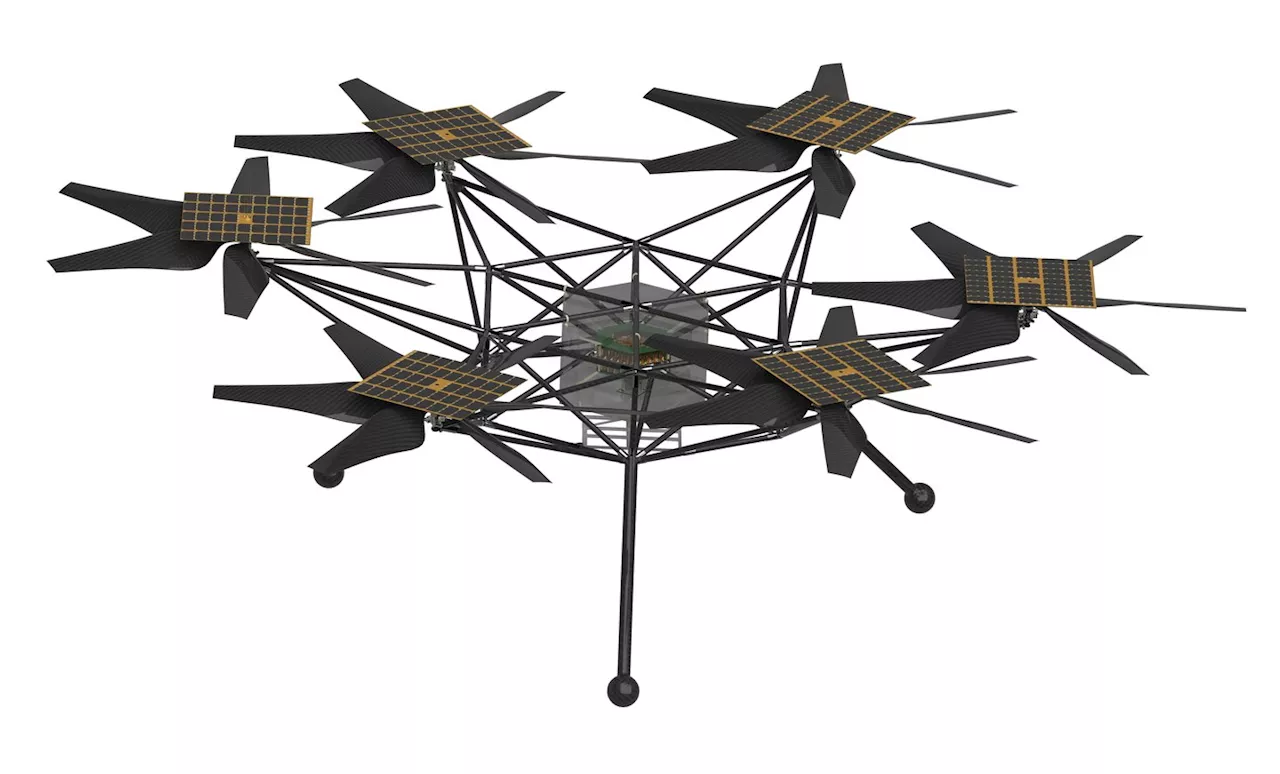 NASA Reveals Next Generation Mars Drone: Mars ChopperFollowing the success of Ingenuity, NASA unveils plans for its next-generation Mars drone, the Mars Chopper.
NASA Reveals Next Generation Mars Drone: Mars ChopperFollowing the success of Ingenuity, NASA unveils plans for its next-generation Mars drone, the Mars Chopper.
Read more »
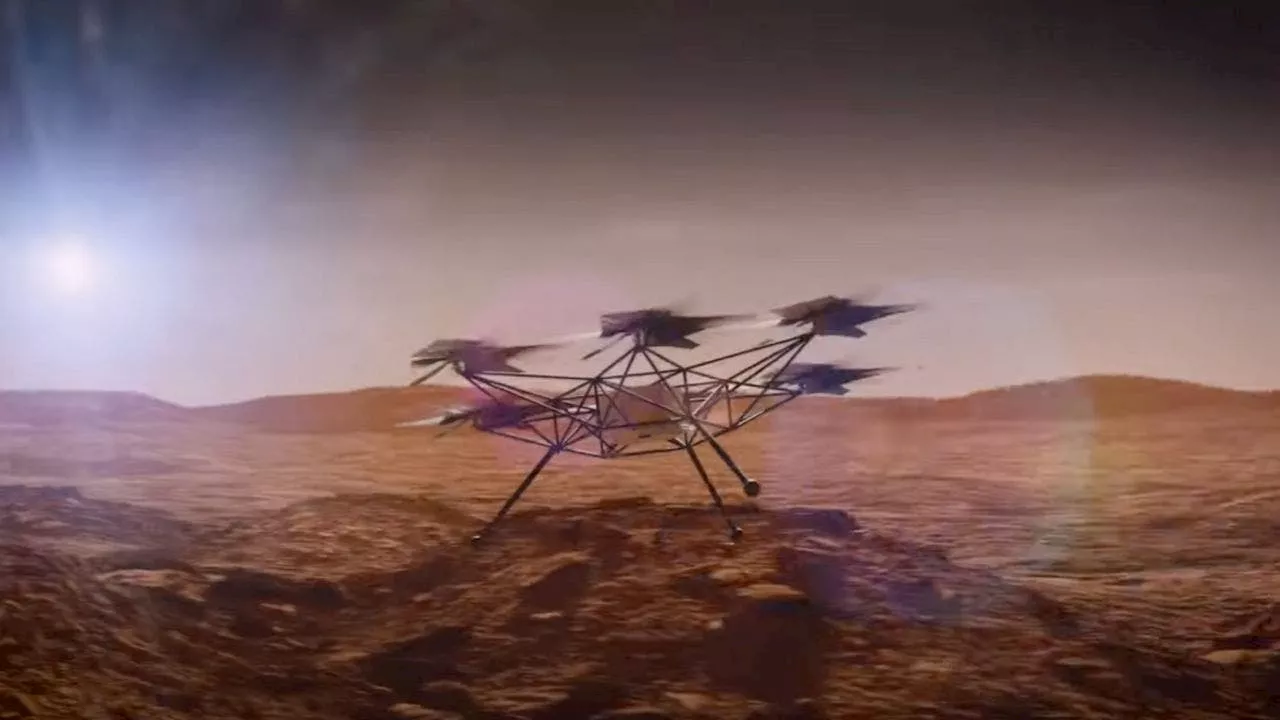 NASA Plans Next-Gen Mars Helicopter to Revolutionize ExplorationFollowing the success of the Ingenuity helicopter on Mars, NASA is developing a larger, more capable aerial explorer. This next-generation helicopter will feature six rotors, a size comparable to an SUV, and the ability to carry scientific payloads and cover a wider range, enabling more extensive exploration of the red planet.
NASA Plans Next-Gen Mars Helicopter to Revolutionize ExplorationFollowing the success of the Ingenuity helicopter on Mars, NASA is developing a larger, more capable aerial explorer. This next-generation helicopter will feature six rotors, a size comparable to an SUV, and the ability to carry scientific payloads and cover a wider range, enabling more extensive exploration of the red planet.
Read more »
 NASA Prepares for Mars Sample Return BriefingNASA is gearing up for a briefing about its ambitious Mars sample return mission, outlining plans to bring Martian samples back to Earth while addressing cost, risk, and complexity.
NASA Prepares for Mars Sample Return BriefingNASA is gearing up for a briefing about its ambitious Mars sample return mission, outlining plans to bring Martian samples back to Earth while addressing cost, risk, and complexity.
Read more »
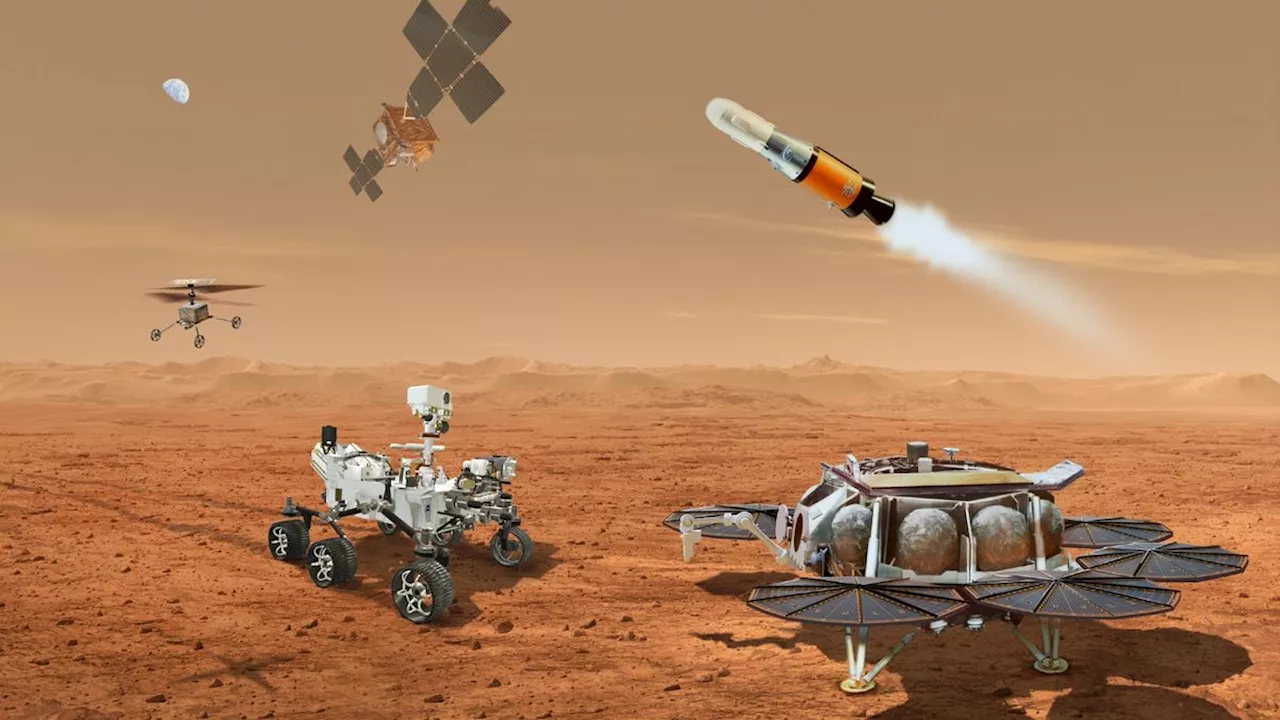 NASA Mars Sample Return Program Undergoes Another ReviewNASA's Mars Sample Return (MSR) program is facing another review, this time by an independent committee. The committee will assess previous studies and recommend a primary architecture for the mission, including cost and schedule estimates. The review comes as NASA seeks to refine its plans for bringing Martian samples back to Earth.
NASA Mars Sample Return Program Undergoes Another ReviewNASA's Mars Sample Return (MSR) program is facing another review, this time by an independent committee. The committee will assess previous studies and recommend a primary architecture for the mission, including cost and schedule estimates. The review comes as NASA seeks to refine its plans for bringing Martian samples back to Earth.
Read more »
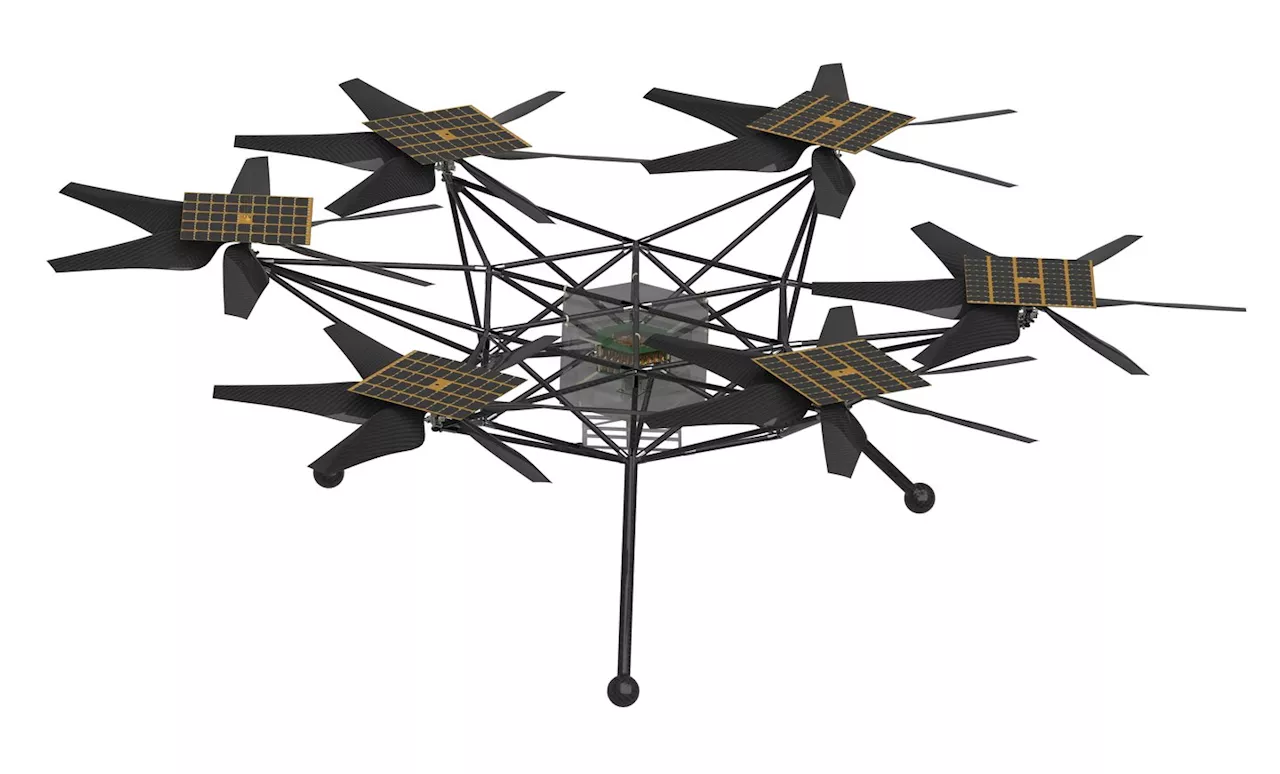 NASA Unveils Mars Chopper: The Next Generation of Martian Aerial ExplorationFollowing the groundbreaking success of Ingenuity, NASA reveals a computer rendering of its successor, the Mars Chopper, designed for advanced aerial exploration on the red planet.
NASA Unveils Mars Chopper: The Next Generation of Martian Aerial ExplorationFollowing the groundbreaking success of Ingenuity, NASA reveals a computer rendering of its successor, the Mars Chopper, designed for advanced aerial exploration on the red planet.
Read more »
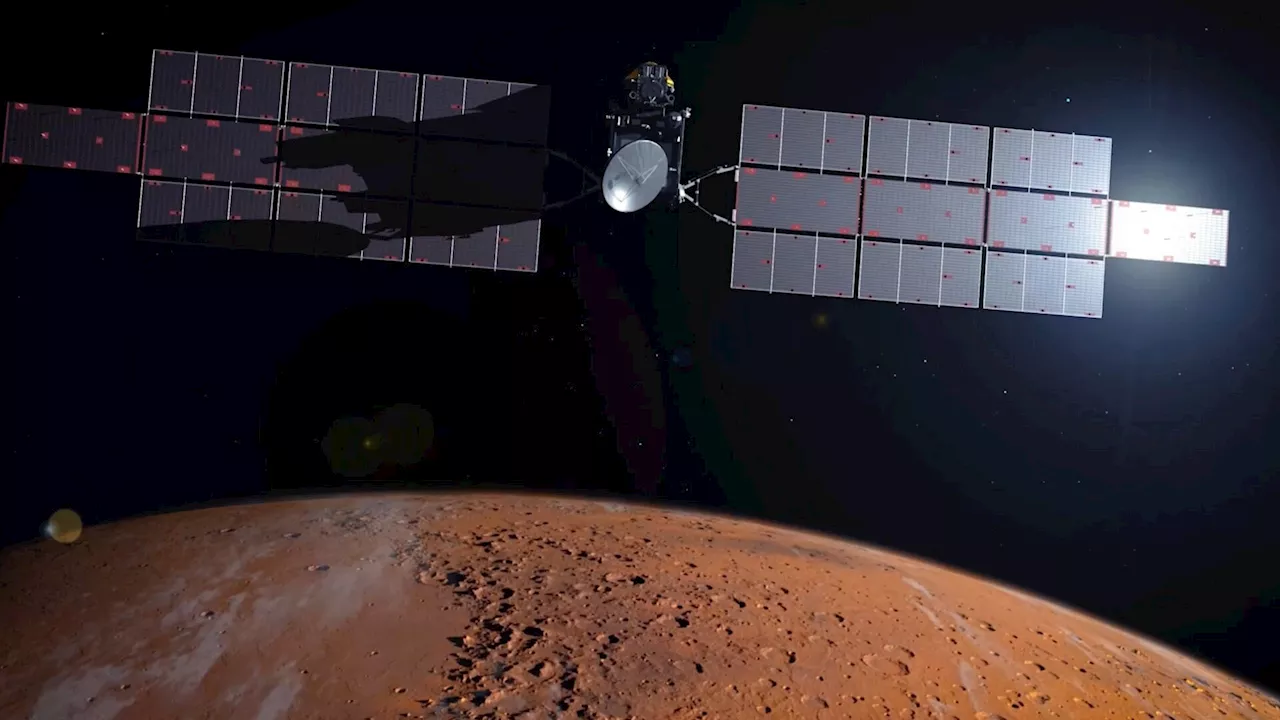 NASA’s Big Mars Update: How to Watch the Upcoming Sample Return RevealThe space agency will provide a broadcast update on the marquee mission that is intended to recover samples of Martian rock for study on Earth.
NASA’s Big Mars Update: How to Watch the Upcoming Sample Return RevealThe space agency will provide a broadcast update on the marquee mission that is intended to recover samples of Martian rock for study on Earth.
Read more »
